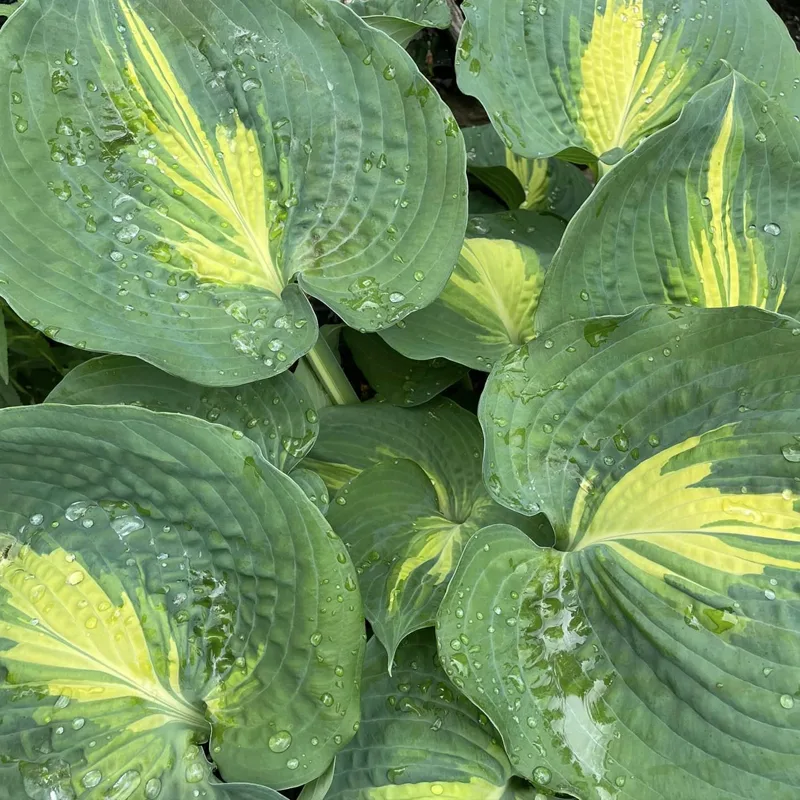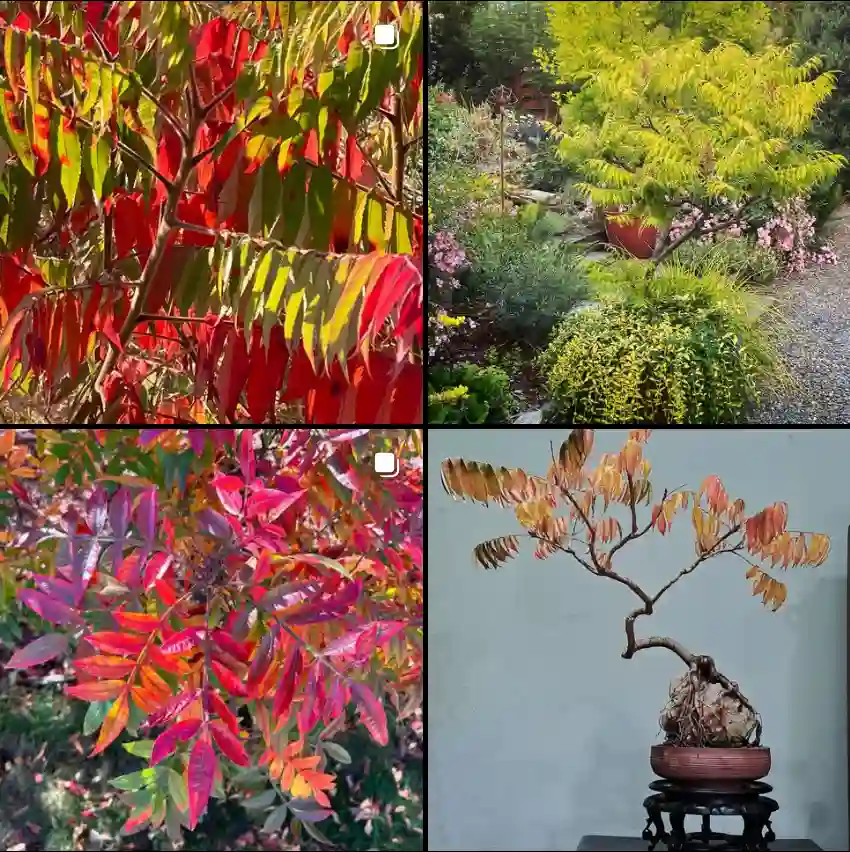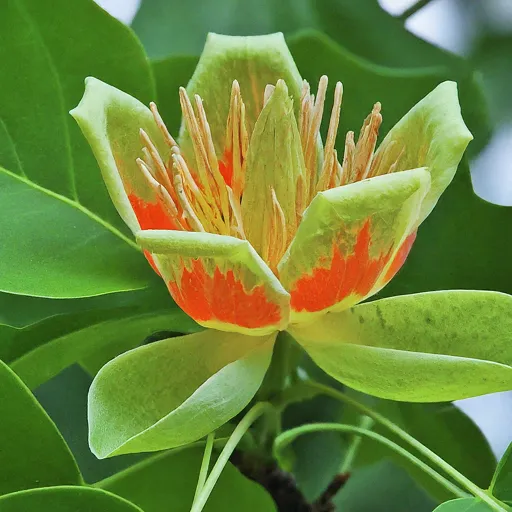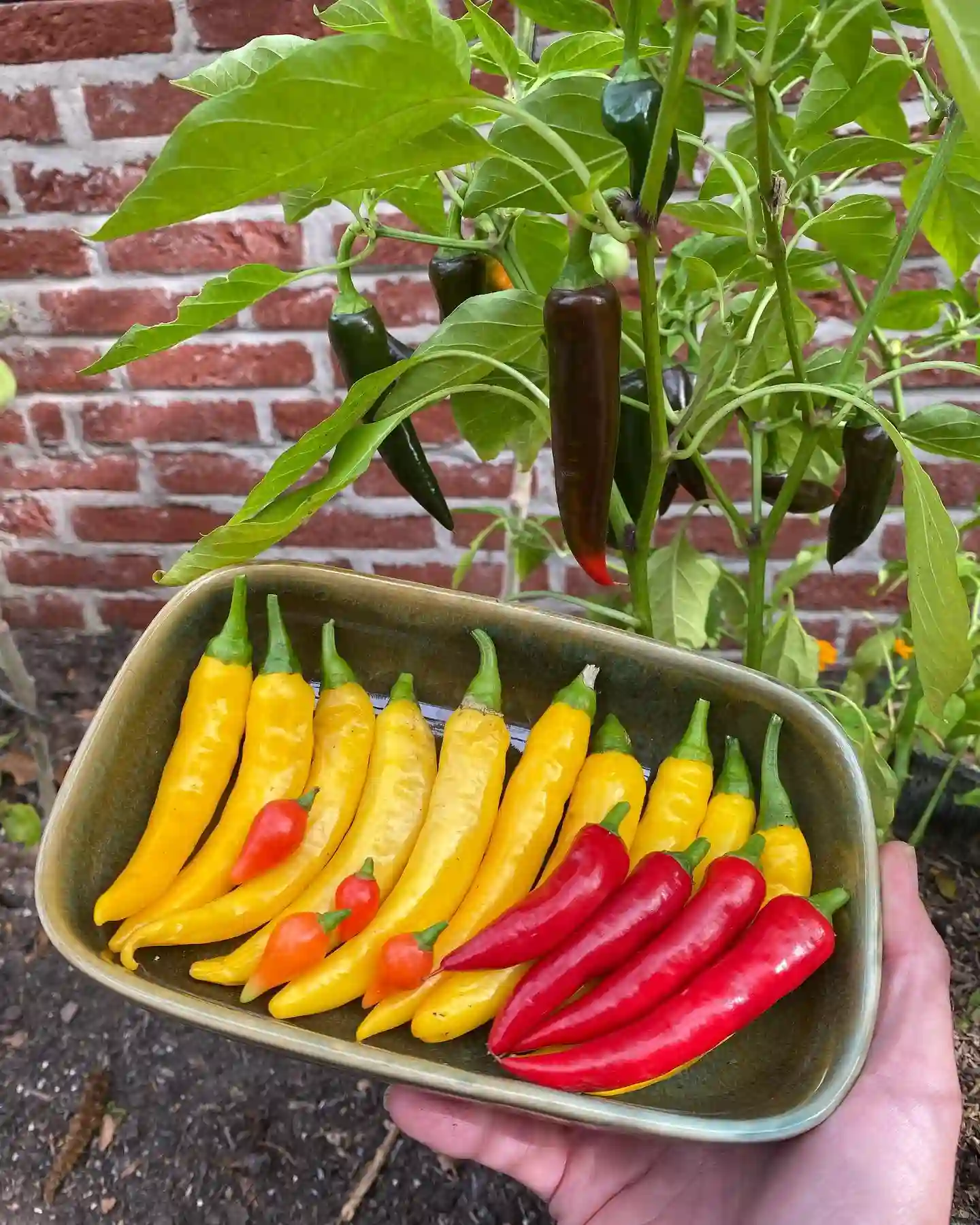FAQs About Keckiella Antirrhinoides
As a passionate gardener, I’ve had my fair share of experiences with a variety of plants, and one that has recently caught my attention is Keckiella Antirrhinoides. This hardy, yet often misunderstood plant, offers unique beauty and charm to any garden. In this article, I’ll cover some of the most frequently asked questions about Keckiella Antirrhinoides, including care tips, propagation methods, and common issues.
What is Keckiella Antirrhinoides?
Keckiella Antirrhinoides, commonly known as the “Desert Keckiella” or “Desert Snapdragon”, belong to the Plantaginaceae family, is a perennial plant native to the southwestern United States and northern Mexico. It’s known for its distinctive, snapdragon-like flowers and its ability to thrive in arid conditions. The plant typically features small, tubular flowers that come in shades of yellow, orange, or red. Its foliage is usually green to gray-green, adding texture and interest to garden landscapes.
Plant Family: 106 Genera in Plantaginaceae
How to Care for Keckiella Antirrhinoides?
Caring for Keckiella Antirrhinoides is relatively straightforward, especially if you understand its natural habitat. Here are some key tips:
- Sunlight: This plant loves full sun. Aim to provide at least 6 hours of direct sunlight daily. In less sunny conditions, it may become leggy and less floriferous.
- Soil: Keckiella Antirrhinoides thrives in well-draining soil. Sandy or gravelly soils are ideal, but it can adapt to other soil types as long as they do not retain excessive moisture.
- Watering: Since this plant is drought-tolerant, it’s essential to let the soil dry out between waterings. Overwatering can lead to root rot. During the growing season, water moderately, and reduce the frequency in winter.
- Temperature: It’s quite resilient to temperature fluctuations but prefers warmer climates. It can handle temperatures down to around 20°F (-6°C) but may need protection from severe cold.
- Fertilization: Feed Keckiella Antirrhinoides with a balanced, all-purpose fertilizer during the growing season. Avoid over-fertilizing, as this can lead to excessive foliage growth at the expense of flowers.
How to Propagate Keckiella Antirrhinoides?
Propagating Keckiella Antirrhinoides can be a rewarding process. Here’s how I typically approach it:
- Seed Propagation: Collect seeds from mature plants once the flowers have dried and turned brown. Sow the seeds in a well-draining soil mix and keep them lightly moist. Germination can be slow, so be patient and maintain consistent moisture.
- Cuttings: Taking cuttings is another effective method. In late spring or early summer, take 3-4 inch cuttings from healthy plants. Remove the lower leaves and dip the cut ends in rooting hormone. Plant the cuttings in a well-draining soil mix and keep them in a warm, bright location until they develop roots.
What to Plant with Keckiella Antirrhinoides?
Pairing Keckiella Antirrhinoides with complementary plants can enhance its visual appeal. Here are some great companions:
- Desert Marigold (Baileya Multiradiata): The bright yellow flowers of Desert Marigold contrast beautifully with the snapdragon-like blooms of Keckiella Antirrhinoides.
- Red Yucca (Hesperaloe Parviflora): Its striking red flowers and architectural form make it a stunning partner in a xeriscape garden.
- Penstemon (Penstemon spp.): Other species of Penstemon work well due to their similar growth habits and complementary flower colors.
Is Keckiella Antirrhinoides Toxic?
Kekiella Antirrhinoides is not considered toxic to humans or pets. This makes it a safe choice for family gardens where pets or children might be present. However, it’s always a good practice to monitor young children to ensure they do not ingest any plant material.
Benefits and Common Problems
Benefits:
- Drought Tolerance: Its ability to thrive in dry conditions makes it an excellent choice for low-water gardens.
- Low Maintenance: Once established, it requires minimal care, making it ideal for busy gardeners.
- Attractive Flowers: The snapdragon-like flowers add a splash of color to arid landscapes.
Common Problems:
- Overwatering: The most frequent issue is overwatering, which can lead to root rot. Ensure proper drainage and avoid waterlogged conditions.
- Pest Issues: While generally pest-resistant, keep an eye out for aphids or spider mites. Regular inspection and prompt treatment can prevent serious infestations.
Compare with Similar Plants
If you’re considering other options, here’s how Keckiella Antirrhinoides compares to similar plants:
- Penstemon: Both have tubular flowers and thrive in similar conditions, but Keckiella Antirrhinoides typically has a more compact growth habit compared to the often taller Penstemons.
- Red Yucca (Hesperaloe Parviflora): While both are drought-tolerant, Red Yucca has more architectural foliage and fewer flowers compared to the more floriferous Keckiella.
- Gaillardia (Blanket Flower): Gaillardia is another drought-tolerant option, but it tends to have larger, daisy-like flowers and a more upright growth form.
In summary, Keckiella Antirrhinoides is a fantastic addition to any garden looking for a drought-tolerant, low-maintenance plant with striking flowers. By understanding its care requirements, propagation methods, and potential issues, you can successfully incorporate this unique plant into your garden.
If i die, water my plants!



